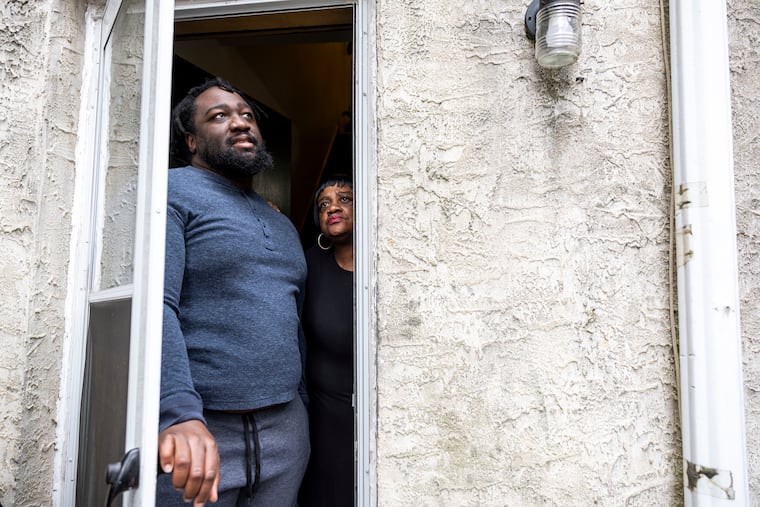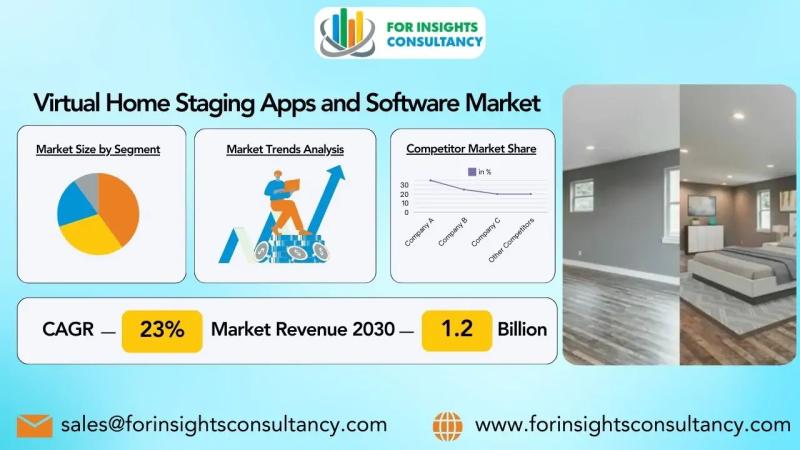When I walked up to the front of a brick rowhouse in North Philly last month, nothing seemed wrong.
The house looked like its neighbors on either side, and the row of homes looked like any other residential Philly block.
Then a mother and son living in one of the homes led me into their backyard, and I came face-to-face with a shocking scene.
The back of the abandoned rowhouse next door had collapsed. Debris was everywhere, spilling into the yard we were standing in. And the collapsed wall had left the home open like a dollhouse.
This family’s experience tells the story of the potential dangers of Philly’s vacant rowhouses.
Keep scrolling for that story and more in this week’s edition:
📮What’s one thing you regret or would like to change about your home? For a chance to be featured in my newsletter, email me.
— Michaelle Bond
If someone forwarded you this email, sign up for free here.
Last month, Sherrilyn Jackson and her youngest child, 29-year-old Thomas, took me to their backyard and showed me what they’d been living with since the abandoned house next door partially collapsed.
Bricks, glass, and wood were piled on top of the Jacksons’ chain link fence, where they’d landed after bursting free from the plaster. Bricks littered the yard.
When we looked up at what was left of the back of the house, these are just some of the belongings we could see:
-
A television perched at the edge where the wall used to be.
-
In what was left of a closet, jackets and shirts swinging on hangers in the wind.
-
A child’s yellow ride-on toy Jeep parked on what was now a second-story ledge.
The Jacksons had complained to the city about the deteriorating house, which had sat vacant for years. After the collapse, the city declared the house “imminently dangerous” and marked it for demolition.
Now the Jacksons know firsthand the dangers of living next to an abandoned house. And they’re not alone.
In neighborhoods across the city, homeowners walk away from their properties for a variety of reasons. And their neighbors are left to deal with the consequences.
I know that staging a home can make it more appealing to potential buyers and renters, because it worked on me.
A few years ago, a friend and I were apartment shopping, and we came across a place that had been a short-term rental. It was still set up like one, full of tasteful furniture and art that showed off the large space.
As we left the showing, my friend and I agreed that we had to have it. We got started on the application walking down the sidewalk.
The place had a lot going for it, including its new fixtures and location near South Street. But seeing the possibilities of how it could look helped sell us on it.
Starr Osborne is a professional home stager who’s been helping to sell area homes for the last two decades.
“Every little detail matters,” she told me. “Our human brains pick up so much in the first 30 seconds. It’s an amazing machine, and we need to captivate that machine quickly. And that’s what staging does.”
I talked to her about what you should and shouldn’t do when you stage a home and how home staging is different from interior design.
The latest news to pay attention to
Mark Dixon created his garden for a practical reason.
The house he and his wife, Cynthia, bought in Wayne was on a busy street. And after their first daughter was born, they wanted a way to block the house from traffic.
So Mark put up a fence and a yew hedge and gradually filled it with plants and flowers. And the garden became another baby for him.
He’s nurtured it through the decades, buying plants from catalogs and a Lancaster County nursery. His landscaping skills have come to him by “trial and error,” he said.
Meanwhile, in their house, the Dixons remodeled rooms, stripped aluminum siding, repaired stucco, and built their own addition.
Mentally escape the gloomy weather we’ve been having, and take a peek into the Dixons’ bright and colorful garden.
📊 The market
Remember last month when I said that while most of the country has been shifting in favor of buyers, the Philly area’s housing market still favors sellers?
Well, our local market is starting to shift a bit now, too.
In April, homes sat on the market a little longer, and there were more homes for sale. So compared to last year, buyers had more choices and more time to make decisions.
That’s not to say buyers have it easy. Home prices are up, and some aspiring buyers are stuck in wait-and-see mode.
“Mortgage rates have come down a little since the beginning of the year, which is good for home buyers,” Lisa Sturtevant, chief economist at the multiple listing service Bright MLS, said in a statement. “But consumer confidence has fallen, and people are feeling more anxious about the economy, which is holding some buyers back this spring.”
According to Bright MLS, in the Philly metro area in April:
🔺The number of active home listings at the end of the month was 17% higher than at the same time last year.
🔺The number of new listings was up — 0.7% — slightly compared to last year.
🔺The median sales price — $383,000 — was up 5.5% from April 2024.
The Philadelphia metropolitan area was one of the few places in the Mid-Atlantic that had more closed home sales this April than last. They were up slightly — about 1%.
📷 Photo quiz
Do you know the location this photo shows?
📮 If you think you do, email me back. You and your memories of visiting this spot might be featured in the newsletter.
Last week’s newsletter featured a photo of the Mount Vernon Cemetery at Ridge and West Lehigh Avenues.
Shout-out to Sean K. and Lars W. for knowing that location.
Enjoy the rest of your week.
By submitting your written, visual, and/or audio contributions, you agree to The Inquirer’s Terms of Use, including the grant of rights in Section 10.
Discover more from NorthScapes Realty
Subscribe to get the latest posts sent to your email.



